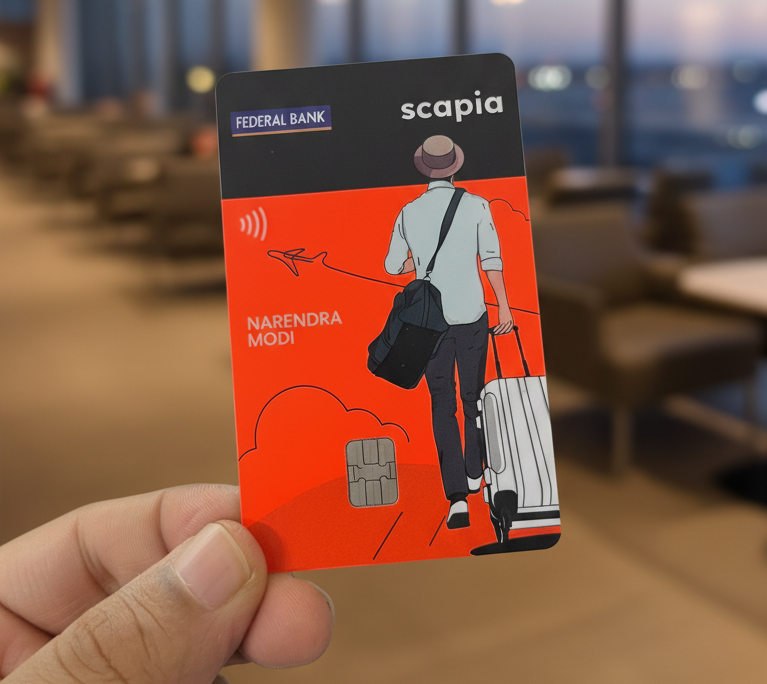Social Media
Major Reasons Why Millennial Prefer Ola & Uber Over Buying A Car

The statement of Nirmala Sitharaman, the Finance Minister of India on millennia’s mindset about preferring ride-hailing services over buying cars has intensified the ever-going combat between personal vehicle owners and cab service providers. At a recent press conference, on Tuesday, Finance Minister Nirmala Sitharaman blamed mindset of millennial for the slowdown in the automobile sectors. (more…)
Recent Articles

News
Scapia Card Review: How I Saved ₹10,000+ on My Trips to Thailand & Doha
👉 Click here to apply for Scapia Credit Card — no joining fee, no annual fee, l...
News
Sustainable Business Practices for Small Companies
Did you know that small businesses can save up to 60% in operational costs by im...
News
Mastering Time Management for Entrepreneurs
Did you know that 82% of entrepreneurs work more than 40 hours a week? Yet many ...
News
The Complete Guide to Email Marketing Automation
Are you letting your business stall without Email Marketing Automation? It's tim...
